Teaching with AI: Lessons from Our Book Club
Artificial intelligence is no longer a futuristic concept—it’s here, embedded in the ways our students think, learn, and create. Recently, I sat down with colleagues Erin Centeio (University of Hawaiʻi at Mānoa) and Sara Flory (University of South Florida) for a book club discussion on Teaching with AI: A Practical Guide to a New Era of Human Learning by José Antonio Bowen and C. Edward Watson. Our conversation raised some key insights and challenges for educators navigating this fast-changing landscape.
Meeting Students Where They Already Are
One of the recurring themes was that students are already using AI, whether we acknowledge it or not. Erin described how her program allows students to use AI in assignments—provided they cite it and critically reflect on its output. For example, pre-service teachers generate lesson plans with AI, then critique them: What works? What doesn’t? How might they adapt it for their own context? This approach shifts the emphasis from banning tools to cultivating discerning use.
As Erin put it, “AI isn’t the teacher—it doesn’t know your students. Our job is to help them become critical consumers.” That mindset can reframe AI from a threat into a teaching opportunity.
Overcoming Hesitation
Sara admitted that she was initially skeptical—even fearful—about AI. But listening to Teaching with AI shifted her perspective. She reflected on how email and online journals once revolutionized her own learning process, and saw parallels with today’s tools. Just as digital databases saved countless trips to the library, AI might help today’s students focus more on thinking and less on mechanical tasks.
Her turning point came when she realized that AI isn’t about replacing human thought—it’s about amplifying it. “It can’t do the work for you,” she reminded us. “You still have to put in the effort, approve the product, and make it your own.”
Rethinking What We Teach
Our discussion also touched on bigger structural questions. If AI can generate competent drafts of lesson plans, should teacher education shift from spending weeks writing plans to spending more time delivering and reflecting on them? Similarly, should writing-intensive courses focus less on sentence structure and more on helping students shape ideas, voices, and arguments with AI as a partner?
As I shared with the group, these are not easy decisions. But they reflect a reality: hybrid human–AI writing is here. In business, leveraging AI is seen as smart productivity; in education, it still feels like cheating. That tension requires us to rethink what skills truly matter for the future.
Beyond Lesson Planning
AI’s potential goes far beyond drafting text. We talked about how it can spark creativity—suggesting new classroom activities, role-play scenarios, or even “escape room” challenges in physical education. It can also boost accessibility: from real-time translation at conferences, to transcription tools that save hours of manual work. For both qualitative and quantitative researchers, AI already plays a role in managing, coding, or formatting data.
These uses remind us that AI is not just about efficiency; it can make education more inclusive and engaging.
Walking the Middle Path
If there was one consensus from our conversation, it was this: we need balance. Erin compared AI to the shift from hand-calculated statistics to software like SPSS. At first, purists resisted; today, hand-calculated results would be rejected in a journal. AI may follow the same trajectory. Still, as Sara noted, we must resist the pressure to simply “do more because we can.” The goal should be better learning, not just faster output.
For educators, that means embracing AI as a tool while keeping reflection, creativity, and human judgment at the center. It means modeling ethical use, setting clear guardrails, and preparing students for a world where AI is part of their professional toolkit.
Final thought: AI in education isn’t about choosing yes or no. It’s about asking how—how can we use these tools to empower students, elevate teaching, and preserve the distinctly human elements of learning? The sooner we lean into that question, the better prepared we’ll be.
And as a final…final note, I used AI to write this, and many of the other blogs you’ll see on this website. I look over all of them, but use the transcripts from our podcast to get me started. It’s one way that I get to keep up with this blog, otherwise you wouldn’t be reading this…
-Risto

